SCHRACK Ethernet cable (network)
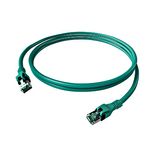
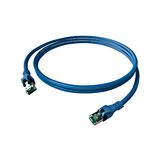

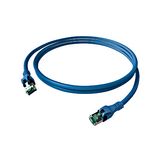



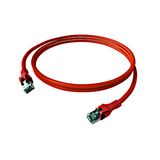

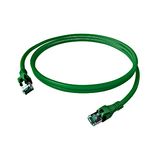

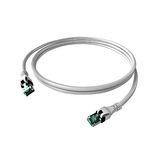
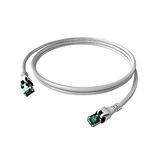

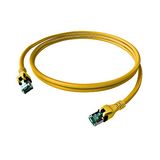

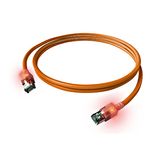
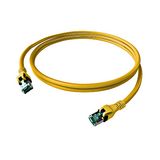


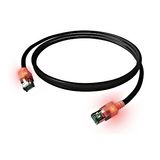
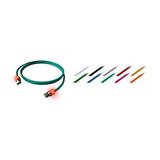


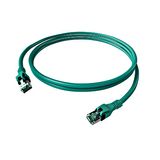
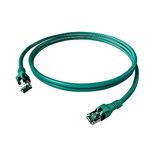

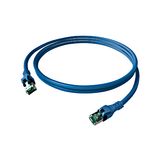

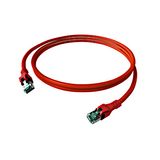



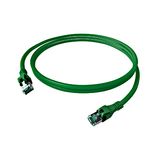


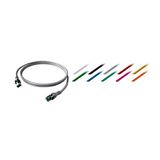

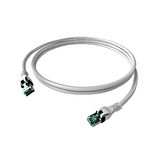

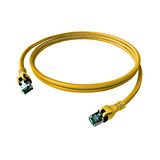

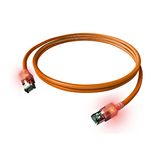
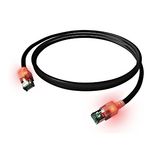

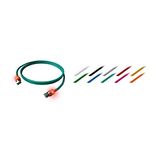
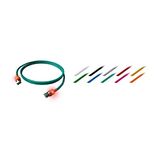
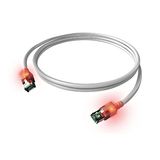


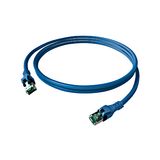
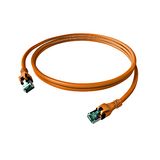

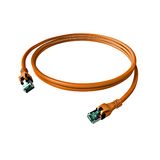
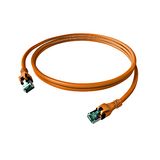
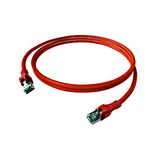
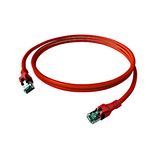

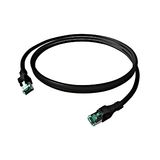
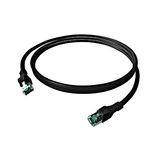
-
-
1
- 2
-
schrack lan computer network cables for offices, plants, and risers
If you need links that behave predictably next to drives and in crowded risers, this range is the safe bet. Permanent-link copper comes in Cat5e, Cat6, and Cat6A, 23–24 AWG solid, with U/UTP for quiet corridors and F/UTP or S/FTP where EMI is a fact of life. LSZH jackets cover CPR Eca…B2ca (s/d/a printed on the sheath for inspections). Pair these with the brand’s keystones and panels and you get repeatable terminations and a clean test report the first time.
Product families and lengths that installers actually stock
- Permanent link cables: 305 m boxes or 500 m reels, meter-marked with DoP codes; solid copper only, no CCA surprises.
- Industrial variants: PUR jackets and tinned class-6 conductors for e-chains and robot wrists; braid + foil shields with 360° gland bonding.
- Fiber companions: OS2 and OM4 trunks with LC/MTP, used where ground loops or long runs make copper risky.
Technical specifications that survive audits
Copper links are tested to ISO/IEC 11801-1 / EN 50173 with pair balance and TCL that hold up near VFD rooms. PoE per IEEE 802.3af/at/bt is supported; bundle heat-rise data is provided for warm plenums. LSZH jackets meet IEC 60332-1/-3, IEC 61034 (smoke), IEC 60754 (halogen/acidity). For installers: bend radius ≥ 8× OD, pull ≤ 110 N for 4-pair solids unless the drum says otherwise.
schrack ethernet cables test flow and termination practice
Punch down to keystone on a bench, not in the ceiling. Keep untwist ≤ 13 mm, bond S/FTP drains at the panel with 360° clamps, and label the shield strategy in the as-built (one-end for RS-485, both-ends for high-frequency Ethernet). When you certify, run channel tests with the exact patch lead spec the room will use; that avoids “pass in the lab, fail on Monday” calls.
Applications and topologies you can redeploy across sites
- Open offices: Cat6 U/UTP for density; 1G to desks, 10G to edge switches.
- Control rooms and labs: Cat6A S/FTP to ride through EMI; keep analog and drive feeders in separate ducts.
- Retail and hospitality: CPR Cca/B2ca in egress routes; color-coded jacks by service.
- Machine cells: short copper to an IP panel, then fiber back to the core to kill ground loops.
Product coordination with racks, trays, and enclosures
Keystones, patch panels, and managers share the 19″ geometry and earthing studs used in the brand’s boards and cabinets. Gland plates accept EMC bushings, so shield bonds are mechanical, not improvised. Document rack-U/port on both ends; it halves fault-finding time during fit-outs.
Schrack Structured LAN Systems design rules that cut rework
Stay within 90 m permanent link + 10 m patching. Reserve 20–30 % spare ports in risers. Partition trunking so data doesn’t share with VFD outputs; steel barriers if they must. For PoE++ cameras and APs, prefer 23 AWG solids and derate port counts in hot plenums. This is where schrack structured lan systems earn their keep—same part numbers, same pin maps, no “one-off” corners.
Performance, PoE, and noise—numbers that matter
Expect Cat6A channels to clear 500 MHz with NEXT/PSNEXT margins that leave headroom for 10GBASE-T. For PoE bt at 90 W, watch bundle temperature: don’t exceed 45–50 °C ambient without spacing or a larger gauge. Near weld cells or long parallel runs with motors, step up to S/FTP; the extra shield buys you stable error counters on the switch.
Field notes from commissioning
Crimp once, certify once. If you see odd fails on return loss, check for crushed cable under ladder clamps or tie-wraps that were cinched too hard. In suspended ceilings, avoid tight figure-eights; use loose coils. For shallow doors, right-angle plugs keep leads from kinking on hinge edges.
Selection criteria for B2B teams
- Traffic and reach: Cat6 for 1G desks; Cat6A for 10G backbones; fiber for campus or hostile EMI.
- Fire class: LSZH with CPR Cca/B2ca in exits and risers; print DoP on the schedule.
- PoE load: size by watts and ambient; keep bundle counts sensible.
- Shield policy: U/UTP where clean, S/FTP near drives; write the bonding plan in the spec.
- Service model: standardized jack footprint and one tester profile across all sites.
Procurement and kitting for repeatable rollouts
Order reels cut to pull length + 5–10 %. Pair each route with glands (standard + EMC), managers, labels, and cert sheets. Keep one box of short jumpers per rack for first-fix and a spare cassette for fiber panels. Stores should release kits by room list, not by guesswork.
Bankoflamps B2B support
You get project pricing tied to the cable schedule, real-time EU stock before crews are booked, and quick quotes—about an hour in typical cases. Ordering by EAN/MPN prevents variant drift; the portal shows lead times, shipment status, and downloadable price lists. Approved accounts can use post-payment up to 30 days. We consolidate partials to lower freight and hold price-validity windows so phased floors stay predictable. Our team checks CPR class, shield strategy, connector types, bend radius, and rack hardware against your drawings so reels and panels land site-ready.